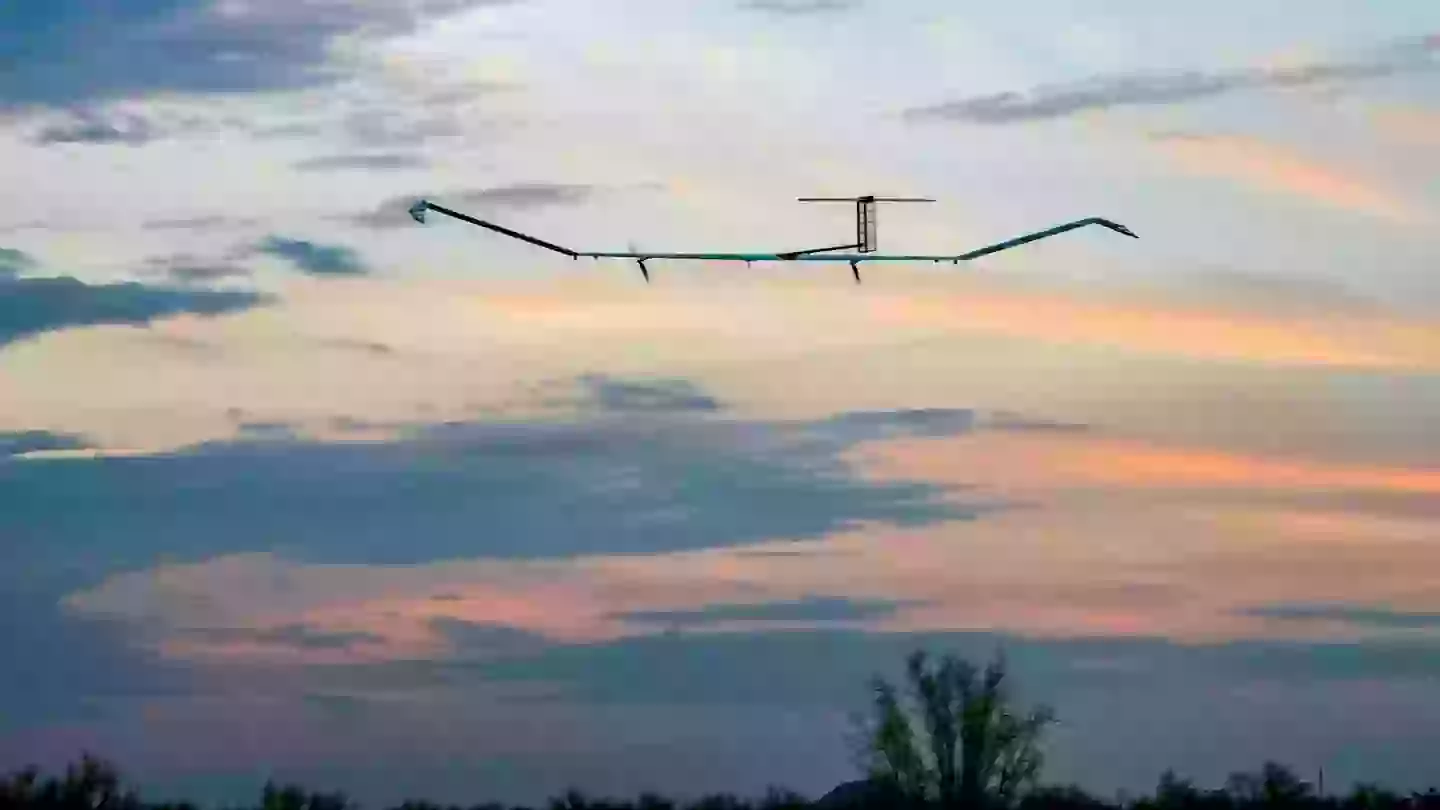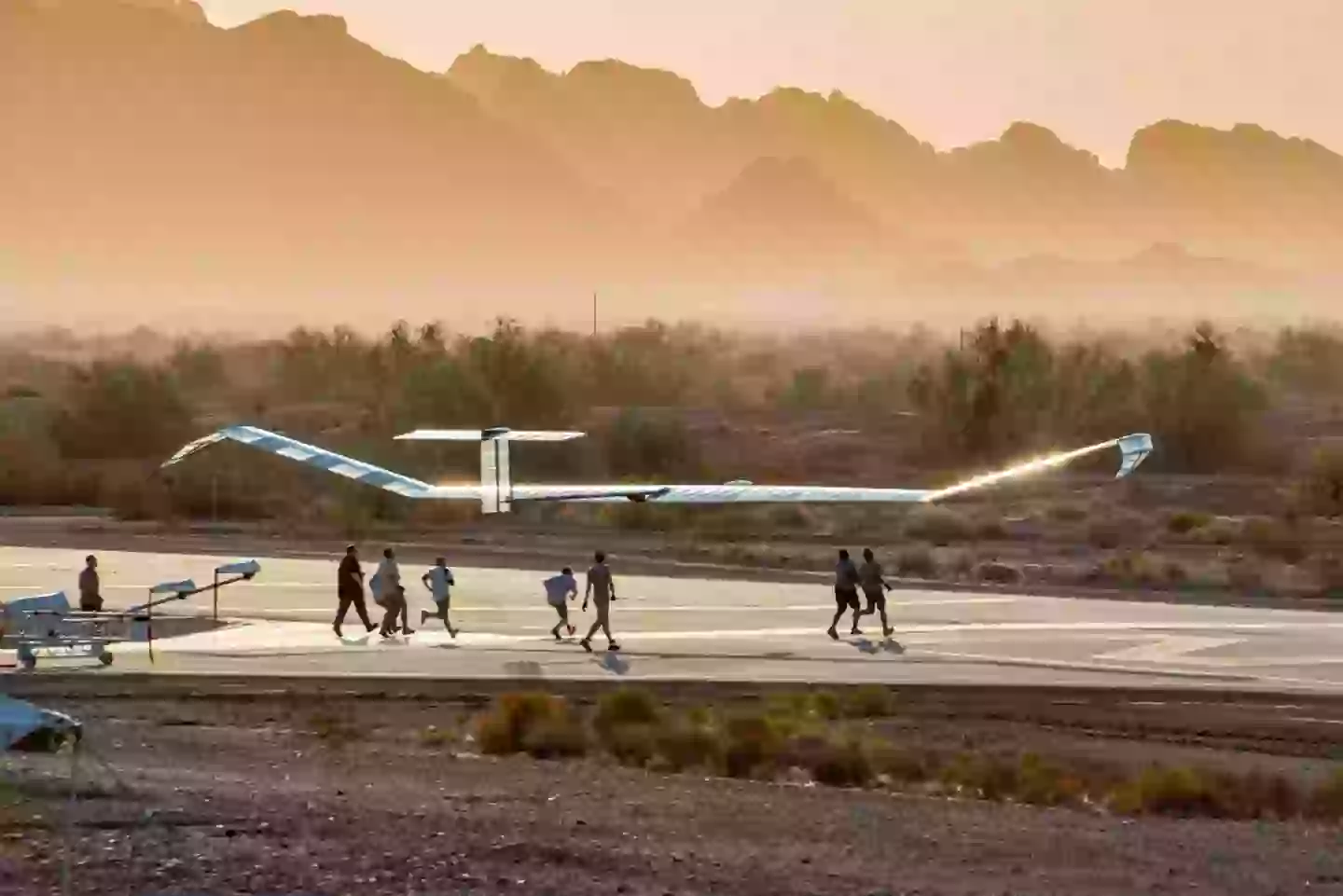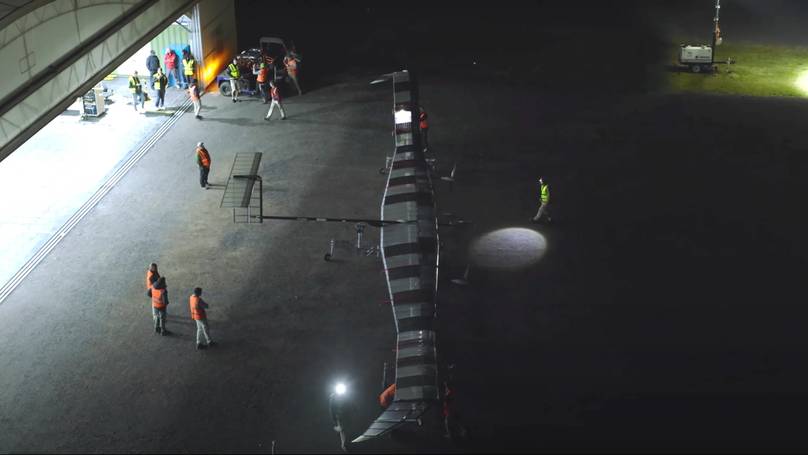Revolution in the Skies: British-Built Zephyr Shatters Limits with Solar-Powered Breakthrough Flight
So, imagine this: a British-built drone, powered not by gas, not by batteries swapped out every few hours, but by good ol’ sunlight, soaring endlessly high—way above the clouds, oh, about 70,000 feet up—laughing in the face of turbulence and storms. That’s right, the Zephyr, a solar-powered UAV crafted by Airbus, just set the aviation world on its ear by flying non-stop in the Earth’s stratosphere for a staggering 67 days. It didn’t just break records; it smashed them to bits, leaving manned and unmanned aircraft in the dust. Now, I’m no stranger to endurance feats, but this one’s next level—like the Energizer Bunny crossed with an astronaut. It’s not just a stunt either: experts are buzzing about what this means for military spying, environmental monitoring, and keeping us all connected in places where signals fade like a bad Wi-Fi joke. Makes you wonder—are we glimpsing the future where silent, sun-fueled aircraft become our ever-watchful, never-tired guardians of the skies? Or maybe just a reminder that sometimes, the sun really is the ultimate power source. Curious to know more about this sky-high marvel? LEARN MORE
British scientists have achieved a ground breaking milestone in aviation history. The Zephyr, a solar-powered unmanned aerial vehicle, or UAV, developed by Airbus, has set a new world record by flying around the Earth’s stratosphere continuously for 67 days. This impressive feat has managed to surpass all other previous endurance records for aircraft, both manned and unmanned.
Experts are already hailing the mission as a breakthrough with wide-reaching implications for military, environmental, and communications technologies.

The Zephyr broke its own record of 64 days (Aalto)
Once its flight had concluded, it managed to sustain an impressive 67 days, 6 hours and 52 minutes of continuous flight, breaking all other records for the longest continuous flight and knocking its own record of 64 days off the top spot, from back in 2022.
Flying at the edge of space
Flying at an altitude of about 70,000 feet, well above commercial air traffic and weather systems, it functions in the stratosphere; a region often referred to as ‘near space.’
At this height, the aircraft can stay above storms and turbulence, which is perfect for long-term observation and communication.
The aircraft took off from AALTOPORT in Kenya on 20 February 2025, before moving in to Australian airspace.
The Zephyr is powered solely by sunlight. During the day, solar panels cover its wings and charge onboard batteries, which then power the vehicle through the night.

The 67-day flight serves as a huge milestone for endurance aviation (Aalto)
This clean energy system allows for indefinite flight time, as long as the aircraft remains in optimal conditions.
Hughes Boulnois, Chief Executive Officer of AALTO commented on the new world record by saying: “With this new world-record flight, we have pushed the boundaries again for the burgeoning HAPS industry and aviation globally with a solar-powered, stratospheric aircraft.” she added “we have demonstrated our capabilities that are valuable for commercial and government partners.”
The successful 67-day flight proves that solar-powered, unmanned aircraft can maintain operations far longer than previously imagined. It also highlights the role that sustainable energy can play in future aerospace missions.
In case you’re wondering why this is important, these aircrafts – once perfected – could go on to quietly extend the reach of information, surveillance, and communication across the globe.
As AALTO and Airbus continue to push developments further and keep trying to smash their own records, the skies above may soon be populated by silent, solar-powered aircraft, which can operate from the stratosphere without the need to refuel.
While this might seem like a massive achievement, the company seem determined to keep pushing it further, constantly striving to beat their own records.
Who knows how long the next flight will last.
Auto Amazon Links: No products found.












